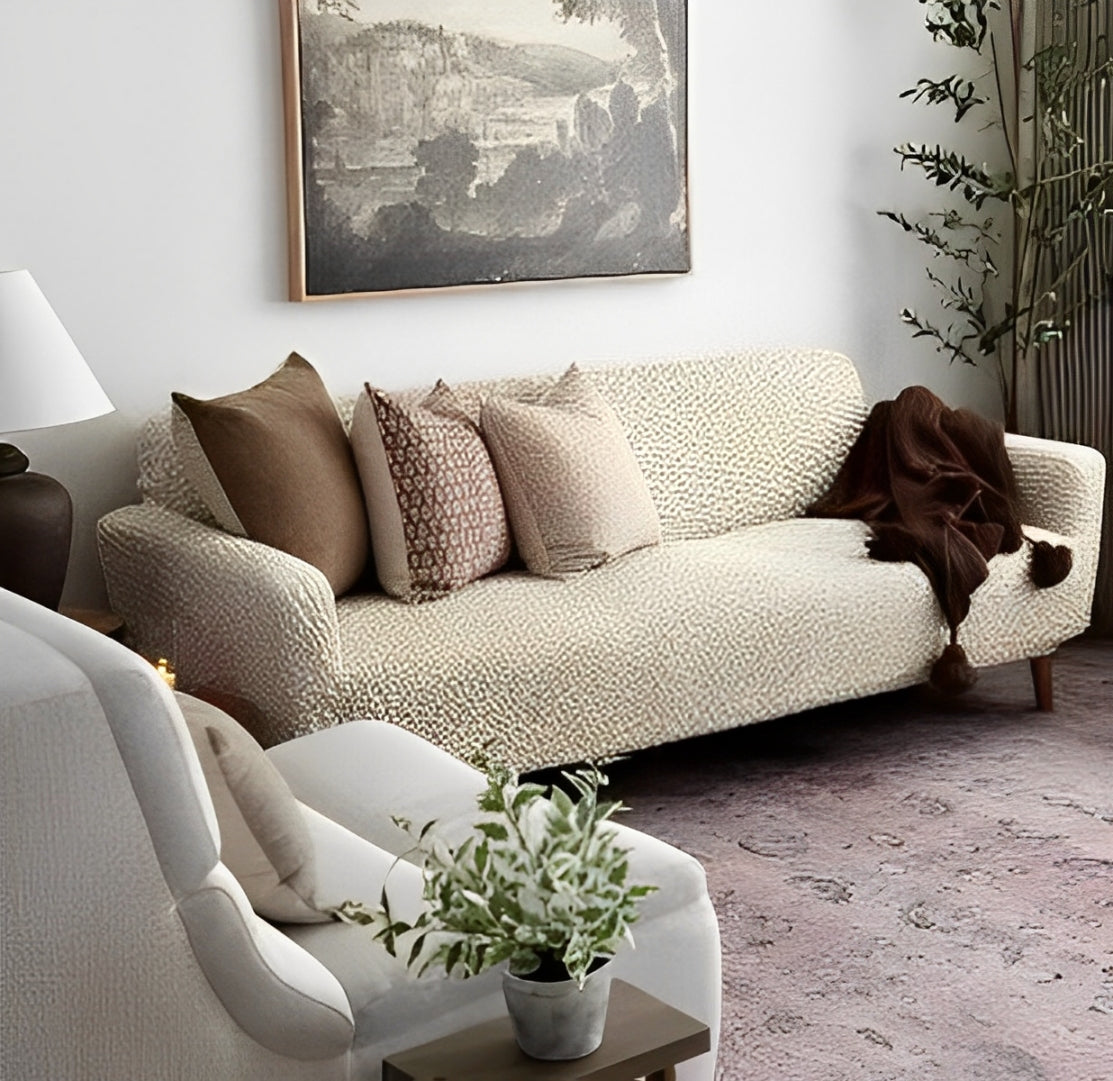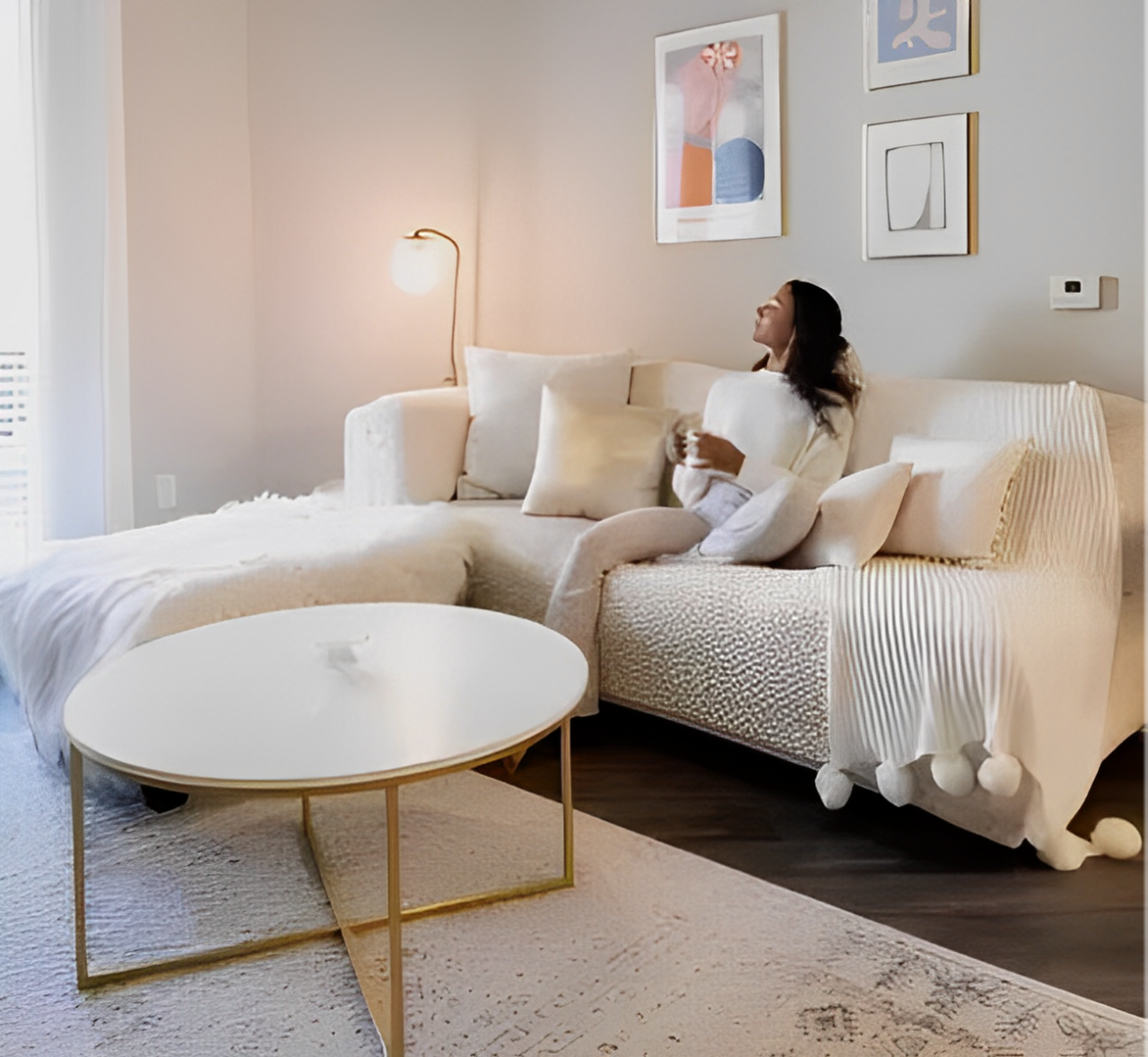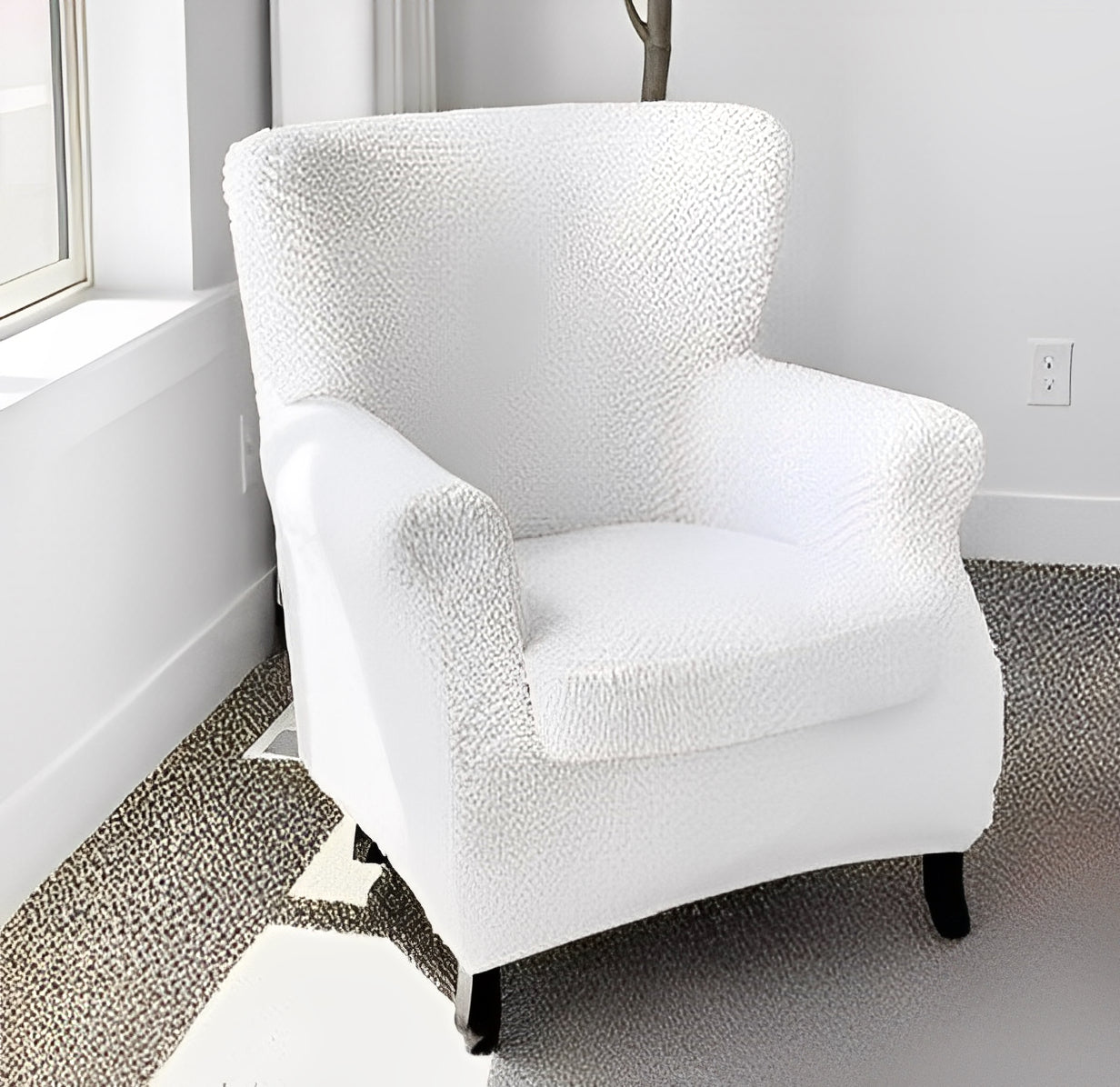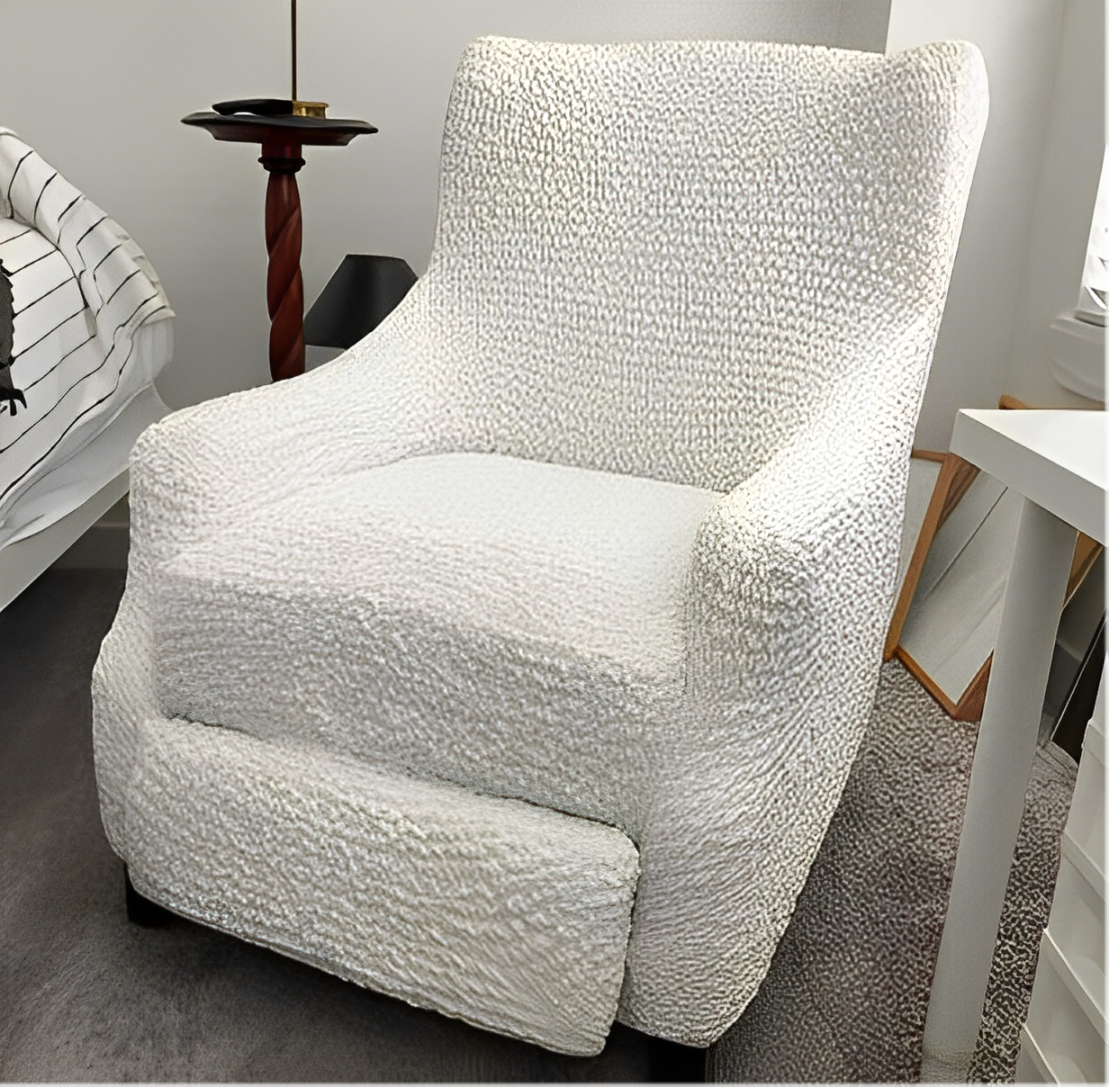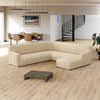Ever wonder why your grandparents' home had those shag carpets and floral wallpapers? Or how did open-concept living go from a rare luxury to a must-have?
In this journey through the fascinating history of home design trends, we'll uncover the surprising stories behind the styles that have shaped the environments we live in today. Let's dive into how our spaces have evolved over the decades, from retro revivals to modern innovations.
A Brief History of Home Design: Major Historical Design Movements

Cultural, technological, and artistic shifts throughout history have defined interior styles. Let's look at the main movement, that shaped the homes we lived in.
Classical Impact (Early Rome and Greece)
The earliest design movements drew heavily from ancient Greece and Rome, where balance, scale, and big statues defined the architectural landscape. These classical elements became the bedrock for many Western design fundamentals.
Gothic and Renaissance (12th-17th Centuries)
The Gothic period introduced soaring arches, intricate stonework, and vertical glass windows accentuating uprightness and glowing light. This was followed by the Renaissance, which revived classical ideals, favoring harmony, perspective, and complex frescoes in the interiors.
Baroque and Rococo (17th-18th Centuries)
The Baroque era brought opulence to the forefront, with the dramatic use of light and dark tones, intricate details, and vibrant colors. The Rococo style followed, offering a lighter, more playful take on Baroque with delicate, asymmetrical patterns and pastel hues. Couch covers in this era were often opulent, reflecting the luxurious fabrics and intricate patterns that matched the grandeur of the space.
Victorian and Arts and Crafts (19th Century)
The Victorian era embraced eclecticism, mixing various styles with a penchant for ornate furnishings and rich colors. During this time, cushion covers became a popular way to protect the elaborate upholstery while adding an extra layer of decoration to living spaces.
In contrast, the Arts and Crafts movement emerged as a reaction against industrialization, advocating for handcrafted simplicity, natural materials, and attention to detail.
Modernism and Postmodernism (20th Century)
The 20th century saw a dramatic shift in Modernism, championing minimalism, function, and emerging materials such as glass and steel. Postmodernism later rejected the starkness of Modernism, reintroducing color, pattern, and historical references in playful, eclectic ways.
Contemporary Design (21st Century)
Today's design trends reflect a combo of past influences focusing on sustainability, smart tech features, and flexible spaces, responding to the needs of a fast-paced, interconnected world.
Main Trends Over the Years in Home Design

Interior design trends have always mirrored the cultural, technological, and societal shifts of each era. From the daring innovations of the 20th century to the minimalist, eco-friendly styles of today, every decade has introduced distinct tendencies that have influenced how we shape our living spaces.
The 20th Century: From Art Deco to Mid-Century Modern
The 20th century was a period of dramatic transformation in home design, with significant shifts in style. The 1920s and 1930s were dominated by Art Deco, a movement defined by geometric patterns, luxurious materials, and a sense of glamour. Homes from this era often featured sleek lines, mirrored surfaces, and a blend of modern and exotic influences, capturing the spirit of post-war optimism.
As the century progressed, there was a shift towards practicality and simplicity, culminating in the Mid-Century Modern movement of the 1940s and 1950s. This style focused on clean lines, organic shapes, and a harmonious connection between indoor and outdoor spaces.
Designers like Charles and Ray Eames helped popularize new materials like molded plywood and plastic, while furniture became more functional, emphasizing the principle of form following function. The open floor plans and expansive windows characteristic of Mid-Century Modern homes reflected a move towards a more casual, informal lifestyle.
The 21st Century: Contemporary and Minimalist Trends
As we entered the 21st century, home design trends shifted towards minimalism and contemporary aesthetics. The focus moved to creating open, airy environments with an emphasis on natural light and neutral color schemes.
Minimalism, with its "less is more" philosophy, became a central theme, prioritizing simplicity, clean lines, and uncluttered spaces. This approach favored functional furniture with a sleek, modern look.
Sustainability also became a critical factor in contemporary design. Homes began to incorporate eco-friendly materials, energy-efficient technologies, and biophilic design, which integrates natural elements like plants and sunlight into indoor environments.
The rise of smart home technology has further transformed modern living, making automation systems, energy-efficient appliances, and integrated smart devices standard in many homes. These flexible, tech-savvy spaces cater to the evolving needs, blending aesthetic appeal with practicality.
Today, design trends continue to adapt, reflecting the changing values and lifestyles of our society, where beauty, functionality, and sustainability remain key priorities.
Shaping Spaces: How Technology and Culture Drive Interior Design Conversion

From smart houses to global design influences, discover how these forces are transforming the way we live.
Technology's Role in Home Design
Technological advancements have consistently driven innovation in interior design style, reshaping how spaces are constructed, utilized, and experienced. The advent of steel, concrete, and other materials that weren't used before the early 20th century revolutionized architecture.
This promoted the spread of progressive designs characterized by open floor layouts, flat rooftops, and expansive windows. Such innovations allowed architects to break away from classic styles, and build sophisticated, efficient areas that allowed for maximum light and airflow.
In recent years, smart home technology has revolutionized how we live. Automation has become a staple in modern houses, with lights, temperature, and alarm control via voice or smartphone apps. These innovations not only add convenience but also enhance energy efficiency, aligning with growing concerns about sustainability.
The incorporation of smart appliances, monitoring systems, and even AI-driven home assistants has made technology an integral part of contemporary design, merging functionality with cutting-edge innovation.
Social and Cultural Influences on Design Tendencies
The interior design reflects social and cultural changes. After World War II, there was a rise in suburban development and homes designed for the growing families. This period saw the rise of spacious kitchens, living rooms, and private bedrooms, representing the era's family-centric living.
As society has evolved, so too have interior design trends. The move toward urbanization has led to a demand for space-saving and easier-to-manage apartments, especially in densely populated cities. This shift has popularized multifunctional furniture and open-concept layouts that make the most of limited space.
Additionally, global influences have increasingly permeated design, bringing elements like the minimalism of Japanese interiors or the bold colors of Moroccan decor into mainstream Western design. These cultural exchanges have enriched styles that reflect our increasingly interconnected world.
Home design continually evolves, reflecting our changing world. As technology and culture shape our spaces, our houses will keep adapting, becoming true reflections of who we are and how we live.
MORE INTERIOR DESIGN IDEAS AND INSIGHTS:
